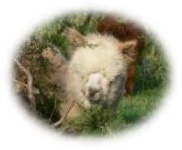Alpaca Barn | Facts | Farm Basics | Fencing | Pasture and Feed | History
What is an alpaca?
Alpacas are members of the camel family. Yes, alpacas are very small, cute camels. When most people think of camels, they usually think of the humped animals that live in the Sahara Desert and Middle East. Actually, there are six different kinds of camels, all with very different personalities, and all with very different purposes in life. Some camels carry things or guard flocks of sheep, while other camels, like the vicuna and alpaca of South America, produce soft, luxurious fleeces.
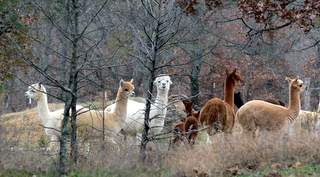
Where are alpacas from?
Alpacas are found indigenously only in South America, especially along the west-central part of the continent, in the countries of Chile, Bolivia, and Peru, with a very high concentration around Lake Titicaca, a body of water high in the Andes Mountain Range that straddles the border between Bolivia and Peru.
Alpaca Fleece
Alpaca fleece first captured the attention of the ancient Incan royalty hundred of years ago. Clothing for the royal family and high government officials was made exclusively from alpaca fiber. In fact, reverence for the buttery soft, luxurious alpaca clothing caused alpaca to become known as “The Fiber of the Gods”.
A Little More History
Regrettably, the alpaca suffered terribly at the hand of European conquerors in the 1500’s. As the Conquistadors brought European livestock to South America (especially sheep), most of the native alpacas were either killed or were pushed into the highest, most inhospitable region of the Andes – an area known as the “Altiplano”, which is a high mountain desert that is very windy, dry, barren, and contains sparse vegetation. Peruvian historians estimate that approximately 90% of the entire world’s population of alpacas died during the 1500’s as a result of this tragic annihilation.
Fortunately, the story of the alpaca became much brighter, beginning in the mid-1800’s and continuing on to the present day. Here’s what happened. In the late 1700’s and early 1800’s, the Industrial Revolution transpired throughout Europe. In England, massive textile mills were built. One mill, owned by Sir Titus Salt, was designed around the unique characteristics of processing alpaca fleece. So unlike his colleagues – all of who were processing sheep’s wool – Sir Titus had a monopoly on taking raw alpaca fiber from South America and turning it into beautiful and luxurious cloth. That cloth became a favorite of the British royal family, and from there spread to the fashion houses of Continental Europe. Once again, alpaca fiber took its place as a natural animal fiber fit for royalty. And the news is encouraging also for the South American campesinos (poor native alpaca farmers). From roughly the mid-1800’s to today, these traditional alpaca caretakers have a “cash crop” that they can get simply by shearing the fleeces from their animals.
What happened to the alpaca?
So how did alpacas come to be in other parts of the world? Well, this is an interesting question, with a somewhat complex answer. Initially, there were no “protocols” in place for the exportation of alpacas between Chile, Bolivia, or Peru and other countries of the world. In fact, considering what a national treasure alpacas were to these countries, there was no particular need to make that happen. But in the mid-1980’s, due to a complex mix of geo-political and economic circumstances in South America – including significant terrorist activity in Peru – these three countries negotiated the necessary protocols to export animals to such countries as Australia, New Zealand, Canada, the United States, England, and Israel.
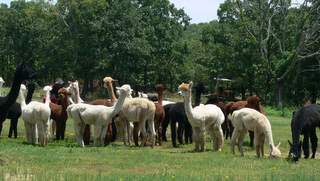
The Alpaca Registry in the USA
Those limited exports have made a dramatic difference in the lives of alpacas. For example, alpacas exported to the U.S. were bought either by ship or by plane. Large-scale alpaca importations into the U.S. occurred during a 14-year window, from 1984 to 1998. Qualified animals imported into the U.S. were issued a pedigree registration by the Alpaca Registry, Inc. (or “ARI”). This ARI certificate is a valuable document that traces the lineage of each animal, including colors, dates of birth, and important information. Information contained on those ARI pedigree certificates is verified through DNA blood-testing to ensure accuracy. In 1998, U.S. breeders closed the ARI pedigree registry to further imported animals, thus effectively stopping the flow of alpacas into the United States and preserving the value of the animals that are in the United States.
For more information on alpacas take a look at some of the references we use at alpaca books. If you have any questions please feel free to contact us and we'll be happy to answer any questions you may have.
Visit Walnut Creek's Blog to see what we're up to and for the latest news.
New T-shirts!
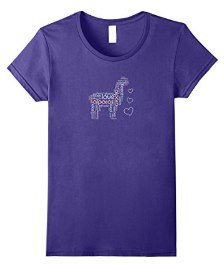
Visit Walnut Creek's t-shirt page for more info... read more
Featured Stud
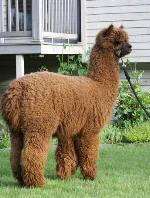
Classic Peruvian Magic an 8x Champion with an elite fine fleece... read more
Books
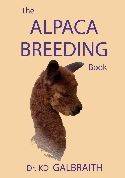 Breeding Book
Breeding Book
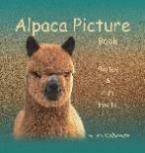 Picture Book
Picture Book
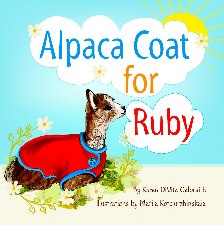 Children's Book
Children's Book
Visit our alpaca books reference page for more information.
Walnut Creek Alpacas
Post Office Box 820
Talihina, Oklahoma
Thank you for visiting our farm site!

Sitemap
Copyright © 2003-2025 Walnut Creek - All Rights Reserved

